PART 2: The place with the big lions out in front
PART 1 of this article presents two lines of evidence refuting the common claim that the lion sculptures by Edward Kemeys that stand in front of the Art Institute of Chicago were cast from sculptures at the 1893 World’s Fair. The preponderance of evidence shows that two sets of lion sculptures that stood outside the Palace of Fine Arts on the fairgrounds of the Columbian Exposition were authored by A. Phimister Proctor and Theodore Baur, not Kemeys. Part 2 summarizes Edward Kemeys’ 1893 commission for the Art Institute lions and explores connections to his work on other animal sculptures for the Fair.
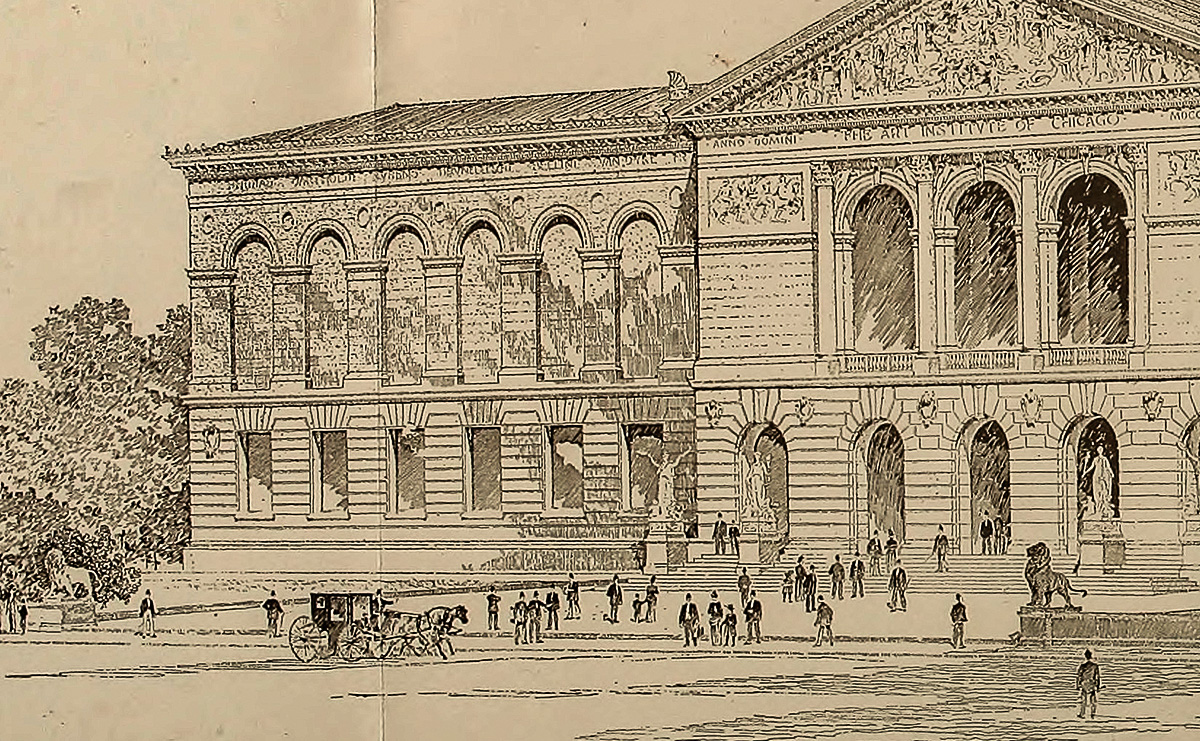
FIGURE 16: A portion of a prospectus drawing of the Art Institute of Chicago building by Shepley, Rutan and Coolidge, showing a pair of lion sculptures at the Michigan Avenue entrance; the forms of these lions do not match what Kemeys ultimately provided. [Image from the February 1892 issue of The Inland Architect and News Record.]
Edward Kemeys’ commission
“The Art Institute? Our beautiful Art Institute on Michigan Avenue? Do you mean to say you have never visited it?”
“Oh, is it the place with the big lions out in front? I remember; I saw it when I went to Montgomery Ward’s. Yes, I thought the lions were beautiful.”
—from The Song of the Lark (1915) by Willa Cather
The history of Edward Kemeys’ commission to design a pair of bronze lions for the Art Institute of Chicago (AIC) is well documented by Clarke, Jones, and early reports of the Museum trustees. Initial plans for the proposed AIC building by the Boston architectural firm of Shepley, Rutan and Coolidge, included a pair of lions on pedestals to ornament the Michigan Avenue entrance (Figure 16).
Charles L. Hutchinson, founder and long-time president of the Art Institute of Chicago, proposed that two bronze lions be commissioned to flank the entrance to the museum. Mrs. Henry Field (Florence Lathrop Field) offered to cover the cost of this project on the condition that the lions be designed by Edward Kemeys, whom her husband admired and knew personally. [“A Committee of Two” 48]
In the summer of 1892, Mrs. Field’s brother, AIC trustee Bryan Lathrop, approached Kemeys—who at that time was working on his set of temporary sculptures for the World’s Columbian Exposition (WCE)—about the possible commission. Lathrop wrote to the AIC Board in September of 1892: “I have a very strong conviction that there is no other animal sculptor in this country at all to be compared with Kemeys.” Although Hutchinson apparently had another artist in mind, Kemeys received the commission. [Funigiello 36]
Although one scholar has written that “it must be assumed that shortly thereafter Kemeys was contracted to prepare the Lions,” the announcement of the commission and news reports on Kemeys indicate that he worked on the AIC lions later, in 1893. [Richman 114]
On January 1, 1893, the Chicago Tribune announced that Mrs. Field had donated the funds for two bronze lions, “to be modeled” by Edward Kemeys. [“The Fine Arts”] (She also donated of a very significant collection of paintings from her late husband, Henry Field, brother to department store magnate Marshall Field, and these works remain today among the highlights of the galleries.) On January 31, the AIC Board of Trustees approved the commission, and a news story on February 12, 1893, reported that Kemeys was then modeling the two lions. [“About the Studios”]
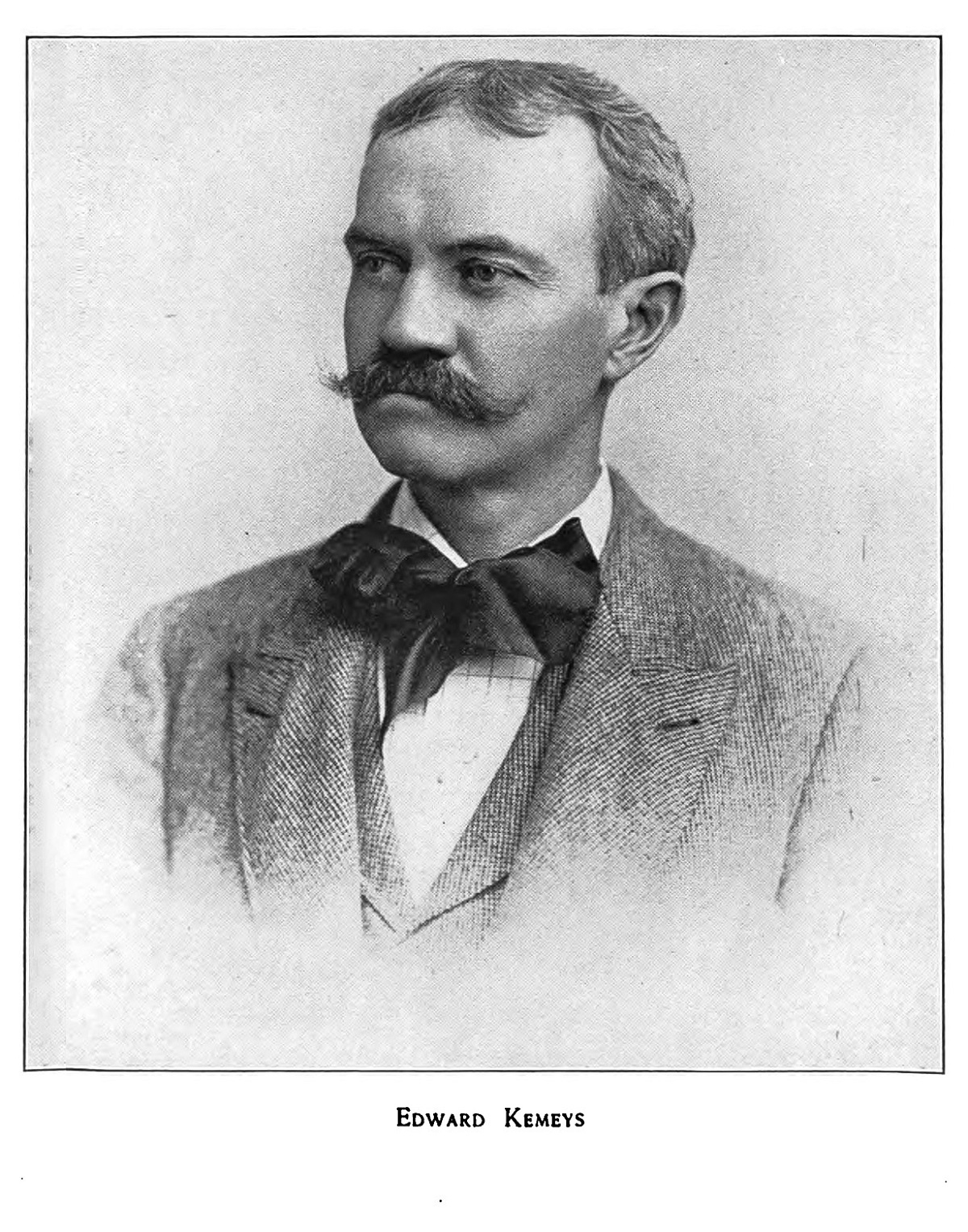
FIGURE 17: Sculptor Edward Kemeys. [Image from the Fairmount Park Association Annual Report 1896.]
“The most difficult I have ever attempted”
Kemeys continued working on the AIC commission in the summer of 1893, after the World’s Fair had opened in May. The AIC Board’s Report of June 6, 1893, states that “the order has been given to Mr. Kemeys, and he is at work upon the models, for which the pedestal stand ready.” [Report of the Trustees 5] A profile in the Chicago Inter Ocean in late July confirms that Kemeys was “now engaged” on the lions. “When placed upon the tall granite pedestals in front of the Art institute where they will stand,” the paper commented, “they will occupy a position second to none in prominence, and they will look as though they kept watch not only over the institute but over the length of Michigan avenue.” [“Brush and Palette”]
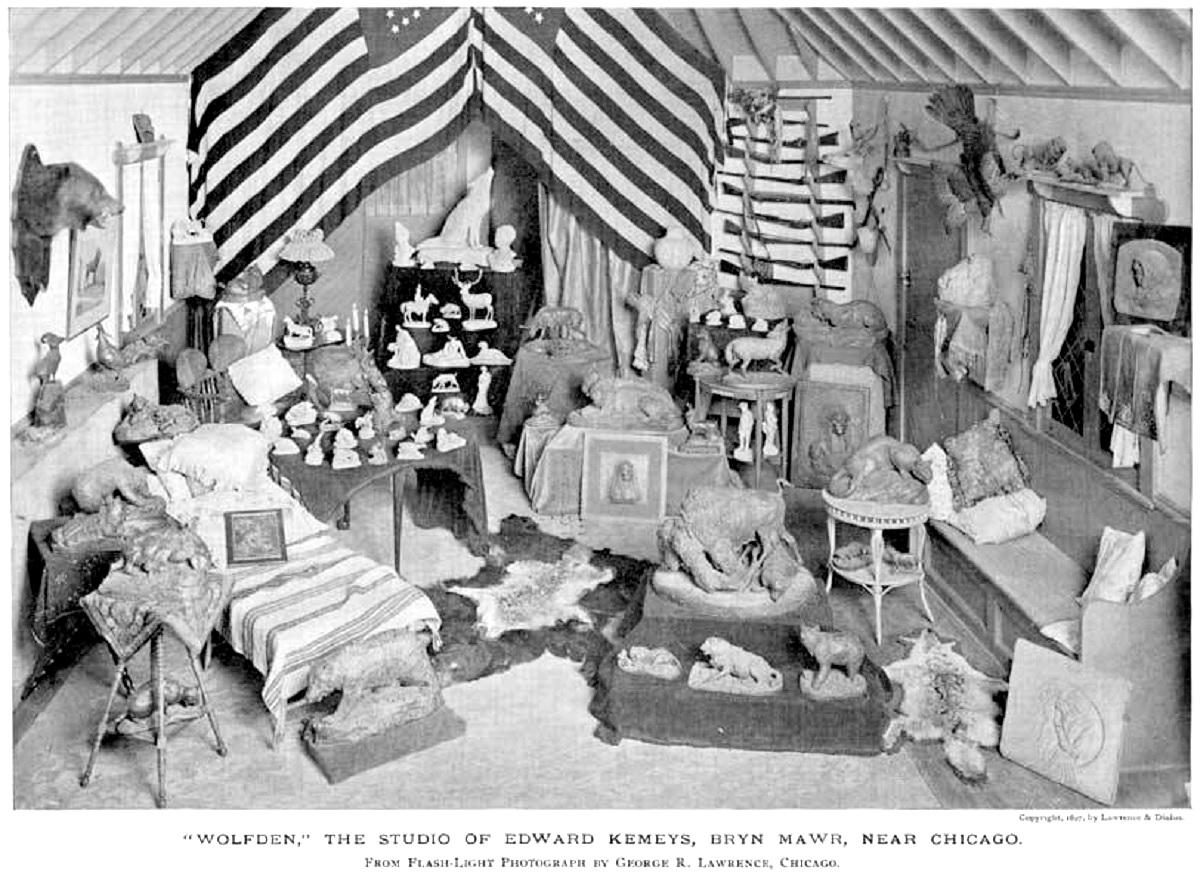
FIGURE 18: Kemeys’ clay models for the two AIC lions are visible on the top shelf of the wall on the right side of his studio “Wolfden.” After the Fair, Kemeys set up this studio adjoining his home at 7209 Euclid Avenue. [Image from The Inland Architect and News Record Dec. 1897.]
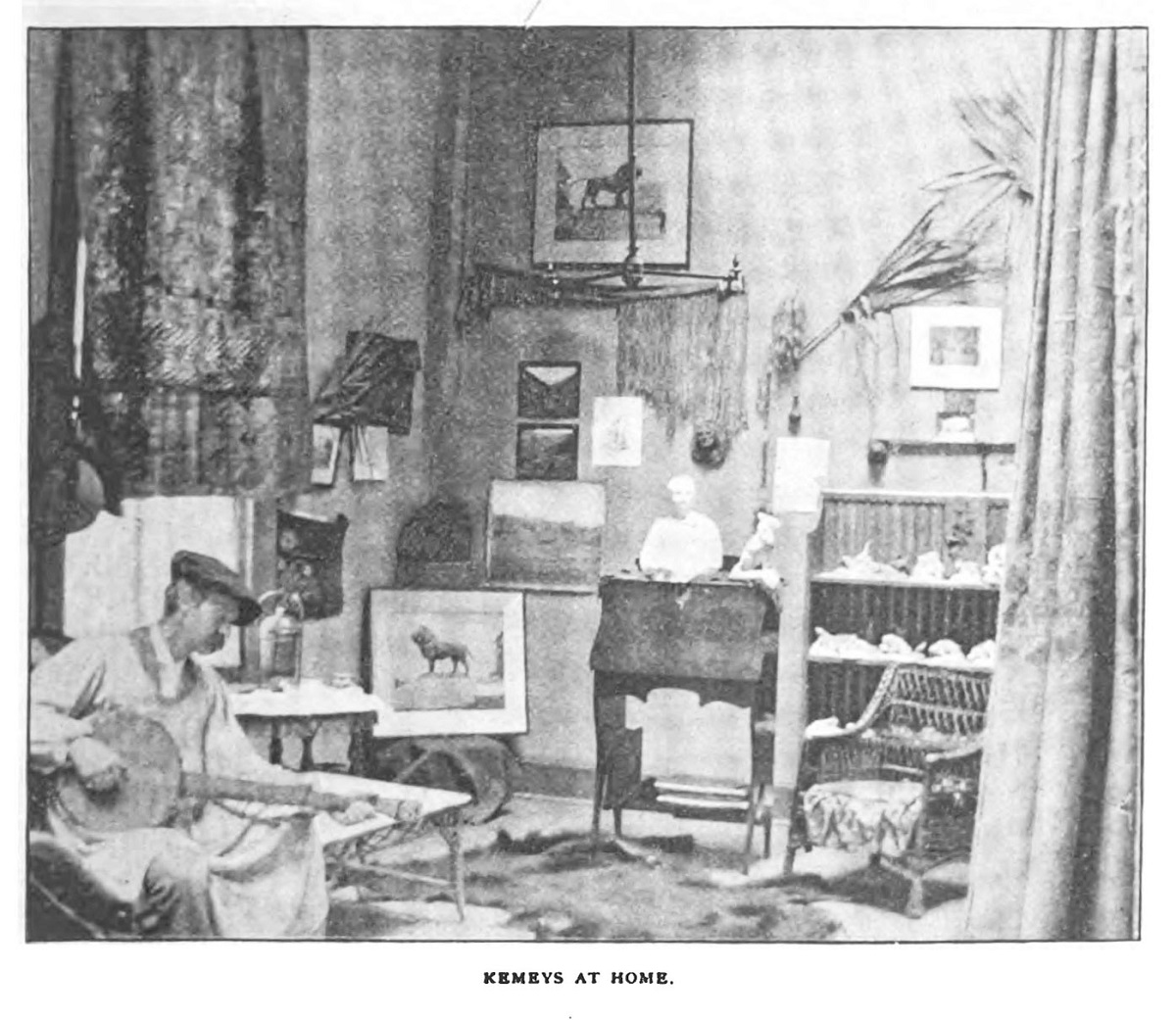
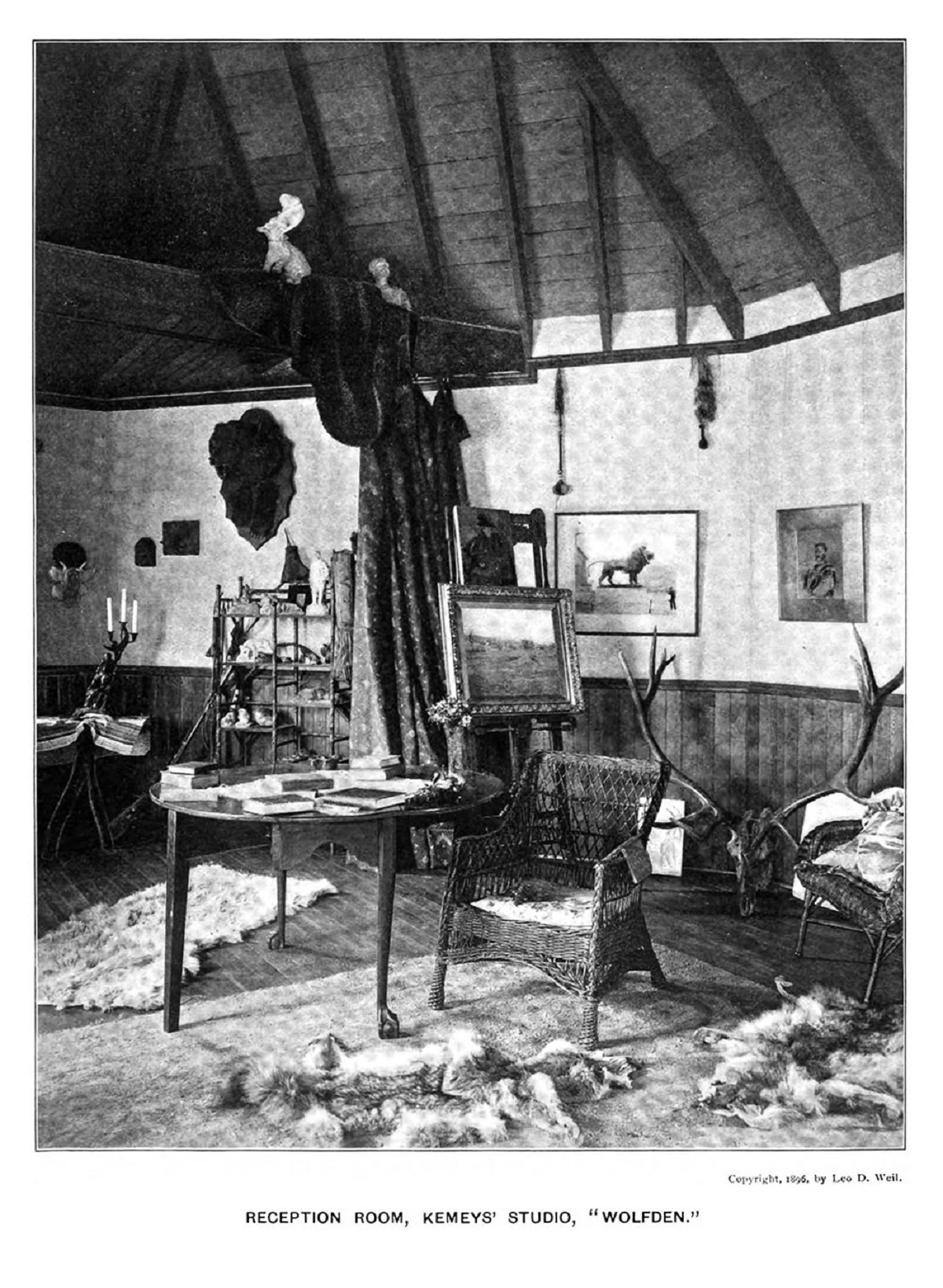
FIGURE 19. (TOP) Photographs of the AIC lions can be seen behind a banjo-playing Edward Kemeys at Wolfden in 1895. [Image from McClure’s Magazine July 1895.] (BOTTOM) One lion photo decorated the reception room of Wolfden in 1896. [Image from The Inland Printer Dec. 1896.]
An art critic in 1894 offered this description of Kemeys’ final bronzes:
“There is an individuality about each, yet each is substantially in the same relative position. The north figure will be seen to be more observant of some object than his companion on the south, and his rising anger may be noticed in the switching and stiffening tail, while what Mr. Kemeys calls the ‘brute’ muscles of the head are more fully modeled and prominent.” [“The Sculptors and Their Work”]
Kemeys’ work for the WCE native animal sculptures had been based on his formative experience in the West. The AIC commission departed from his typical output of depicting American animals in their natural settings. These African lions instead were tied to a tradition of placing such symbolic and allegorical beasts at grand entrances. The artist admitted to wanting different animal subjects for the AIC commission:
“It is doubtless a matter of no small regret to the sculptor that his two most conspicuous pieces, the massive bronze lions which ornament the approaches to the Art Institute, of Chicago, are not representative of the ‘American wilderness.’ Had the choice of a subject for this important place been left to the artist, there is little room to doubt that a shaggy bison and a huge grizzly would now occupy the enviable position preempted by the kings of the old world jungles.” [“Edward Kemeys”]
Imagine—Chicago’s mascots could have been buffalo or bears!
Kemeys signed his AIC lion sculptures with his wolf-head totem and the date 1893 (Figure 20). Sometime before January 1894, Kemeys’ AIC lions were cast by Jules Berchem at the American Bronze Company, located at Seventy-Third Street and Woodlawn Avenue in the Grand Crossing neighborhood of Chicago. [“Where Art Thrives”] The previous spring, Berchem had cast the famous silver statue of Justice displayed in the Montana section of the Mines and Mining Building at the Columbian Exposition. (A memo from 1956 in the archives of the Art Institute indicates that the molder of the Kemeys’ lions was Auguste Griffoul, who cast Rodin’s The Thinker, but the timeline of Griffoul’s activities does not seem compatible with his being in Chicago in 1894. [Wolf])
A profile of Kemeys in 1905 noted that “in 1892 he executed a number of large groups for the Columbian Exposition. This last led very naturally to his commission for the large bronze lions which now guard the entrance of the Chicago Art Institute” [Mechlin xi] This is as close a connection between Kemeys’ work for the 1893 World’s Fair and the Art Institute that is made in contemporary sources.
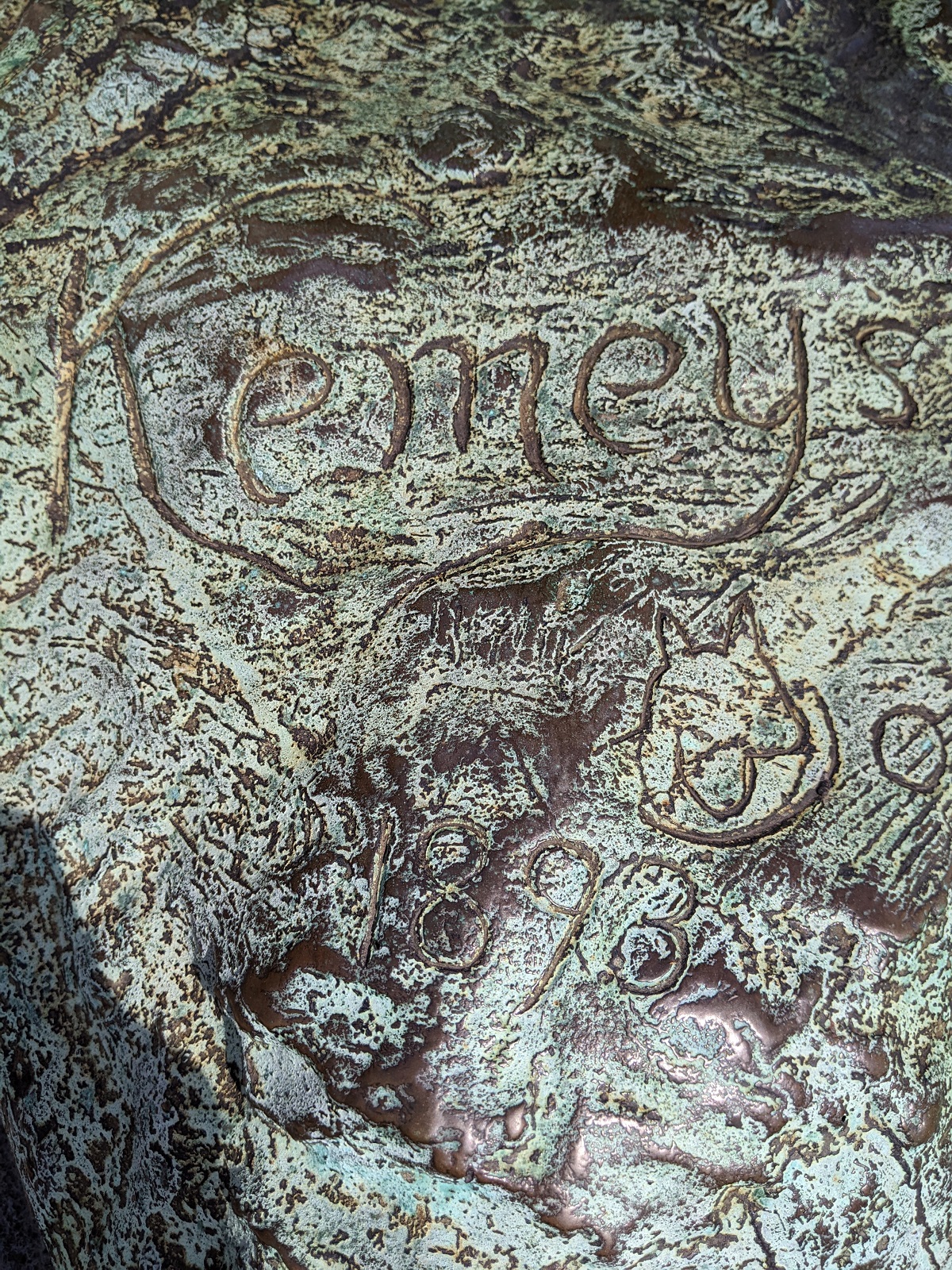
FIGURE 20: Kemeys signed his name, wolf-head totem, and “1893” to each of the lions he prepared for the Art Institute of Chicago.
Lion lineage
More than eighty years later, a paper by Jane H. Clarke cautiously linked Kemeys’ commission for the AIC and his sculptural work for the WCE, writing that “Mrs. Field’s commission for the Art Institute led to the Palace of Fine Arts lions by Kemeys, and that the fair lions, which of necessity had to be finished before the opening on May 1, 1893, became the models for the Art Institute bronzes.” [Clarke 54–55] She bases this on one statement in Rossiter Johnson’s History of the World’s Columbian Exposition Held in Chicago in 1893. [Johnson V2 383], that misattributes the WCE lions on the north side of the Palace of Fine Arts to being authored by Kemeys.
An even more confusing assertion in this paper is that “the large staff … pieces made by Kemeys for the Exposition were used to make the molds for casting the Art Institute’s bronzes,” citing only a telephone conversation with art historian (and Daniel Chester French biographer) Michael Richman. [Clarke 55] As detailed in Part 1 of this article, the lion sculptures on the north side of the WCE Art Palace are identical to those by Proctor at the south entrance and do match the form of Kemeys’ lions for the AIC.
Clarke premises that the “general perception has long been that the Art Institute lions were derived from two lions by Kemeys which stood at the north entrance of the Palace of Fine Arts at the World’s Columbian Exposition … But their lineage is not entirely clear.” Also unclear is how long this general perception actually had existed in 1988. Few sources before then make this claim. The closest found so far is in James L. Riedy’s 1981 monograph Chicago Sculpture, which states that “Edward Kemeys and Theodore Bauer [sic] … modeled the lions guarding the entrances” to the Fine Arts Building at the Fair. [Riedy 38]
But since 1988, this incorrect origin story for the AIC lions has proliferated and now permeates both popular and scholarly descriptions of these iconic sculptures. Citing Clarke’s paper, a 1998 catalog of American Arts published by the Art Institute of Chicago states that Kemeys’ “work at the World’s Fair was admired by Hutchinson and by trustee Bryan Lathrop. The [AIC] board suggested that Kemeys’ heroic-sized, paired lions be cast at the American Art Bronze Foundry [sic] in Chicago.” [Barter 18]
One art historian reads even more into it, highlighting that Frank Millet, in his “Final Report” to Burnham, did not credit Kemeys as the author of the north-side WCE lions. “Why Millet did not report this assignment is not known,” offers David J. Wagner, “but the fact that the molds were made from Kemeys’s lions to cast bronze lions for the Art Institute of Chicago makes the omission pregnant with meaning.” [Wagner 178–79] This author also cites the 1988 paper by Clarke. Rather than considering the simpler explanation that Millet did not attribute the WCE lions to Kemeys because they were not by Kemeys, Wagner further molds the origin story: Millet intentionally placed Kemeys’ work at the secondary entrance to the Art Palace as part of convoluted scheme involving Hutchinson and the AIC lion commission.

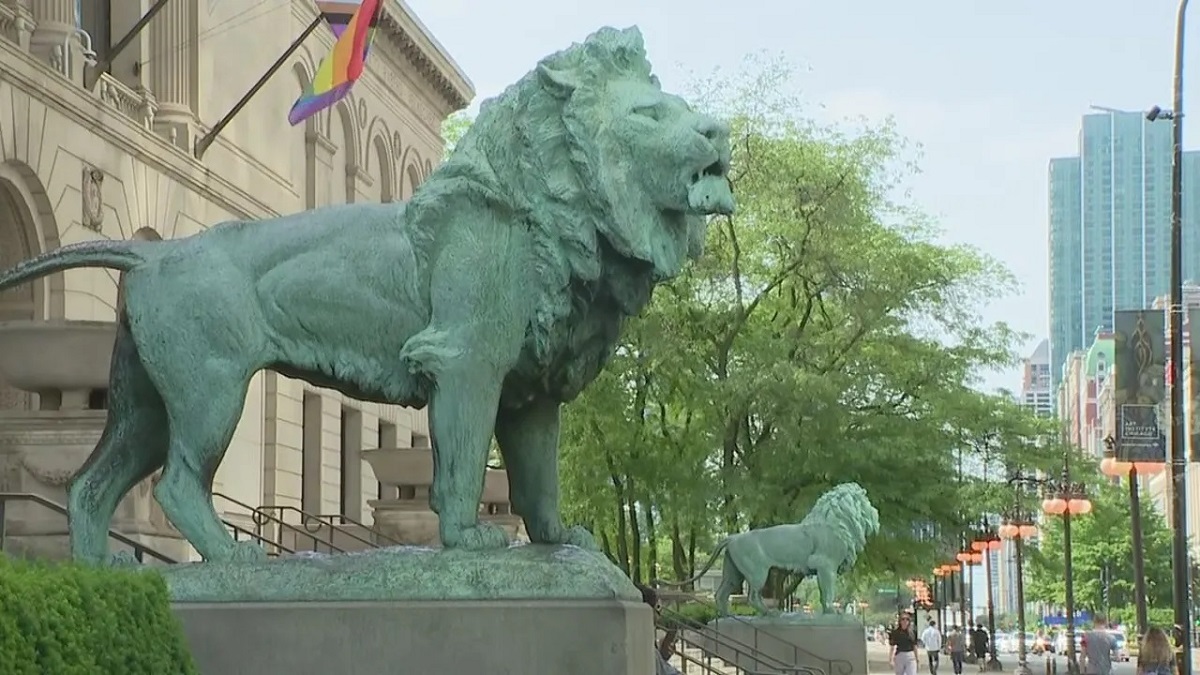
FIGURE 21 (TOP) A. P. Proctor’s two lions from south entrance the Palace of Fine Arts at the 1893 World’s Fair. [Image from “Fine Arts Bld’g, Statuary at Entrance” Stereoscopic Gems, The World’s Fair Series stereoscope card.] (BOTTOM) Edward Kemeys’ two lions at the Art Institute of Chicago. [Image from FOX 32 Chicago.] Note that these are different pairs of lion sculptures.
Lions on the loose?
The evidence presented above and in Part 1 support the assignment of Proctor and Baur to the two pairs of WCE lions and Kemeys to the pair of AIC lions. But is there another pair of lions unaccounted for?
An intriguing newspaper article from August 1892 notes that “Mr. Kemeys has underway a model for a standing lion to accompany the one already completed.” [“World’s Fair Doings”] (As mentioned above, the AIC lions were not officially commissioned until January 1893.) The article also notes that his clay model of the panther (referred to as a “cougar”) was complete and ready to be molded, and that “he will also execute statues of the buffalo, grizzly bear, and Rocky Mountain sheep or big-horn.” Of these, only the first three native-animal sculptural pairs were installed around the Grand Basin. The mountain goat sculptures, although mentioned here and in some advance guidebooks, did not end up decorating the fairgrounds.
Perhaps Kemeys had been planning to produce a pair of lions (and a pair of sheep) to ornament bridges of the Grand Basin at the Fair, but for some reason did not execute the enlarged works? One hypothesis is that the model of his mountain goat, a photograph of which was published [White 63], had such thin legs that making an enlargement in staff may have been unfeasible. Did some aspect of Kemeys’ lions also prevent a colossal version being made in staff for the Fair? On the fairground waterways, each of Proctor’s animal pairs ended up being repeated in two or more locations, perhaps filling a gap? It is interesting that August 1892, when the lion clay model was in Kemeys’ studio, was around the time that Bryan Lathrop was campaigning for his receiving the AIC lions commission. These 1892 Kemeys lions present a mystery. Are they the models for the Art Institute lions?
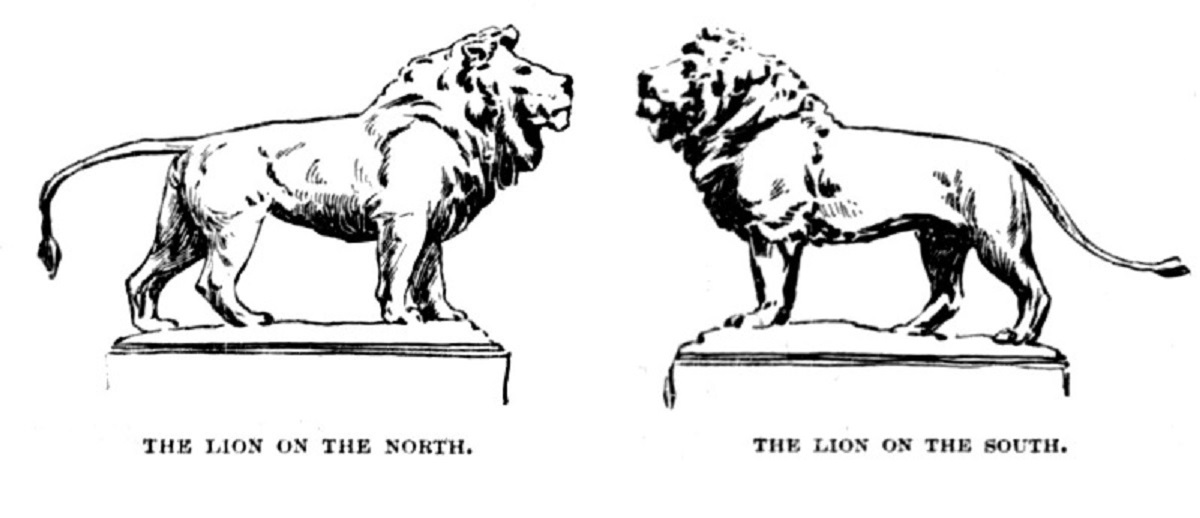
FIGURE 22: The north and south Lion sculptures by Edward Kemeys were unveiled at the Art Institute of Chicago on May 10, 1894. [Images from the Chicago Tribune May 11, 1894.]
Stripped of their unsightly coverings
The new home of the Art Institute of Chicago was constructed for use as a temporary site for the World’s Congress Auxiliary with financial support from the World’s Columbian Exposition corporation. The building required only a few weeks of renovation to prepare its galleries after the Fair closed on October 30, 1893. The new museum officially opened its doors (unguarded by lions) on December 8, welcoming a large crowd into their new home on Michigan Avenue. The two colossal bronze beasts had to wait five more months for their official unveiling. (Since the time of her generous donation to the AIC, Mrs. Henry Field had become Mrs. Thomas Nelson Page and was so named in press reports about the unveiling of “her” lions.)
On the night of May 10, 1894, the magnificent metal monarchs welcomed guests as they entered the Art Institute to attend a reception for Mr. Kemeys and his wife Laura and to view an exhibition of the Architectural Sketch Club. [“See Kemeys’ Lions”] Mrs. Page had requested a ceremony “with as little ostentation as possible.” [“Majestics in Metal”] Nonetheless, the Tribune reported that “an interesting ceremony” took place in front of the Art Institute that night:
“The bronze lions that have for several days stood swathed in covers of dirty canvas were stripped of these unsightly coverings. Calcium lights had been turned on the two lords of the animal kingdom and these unusual sights attracted a good-sized crowd. When all was ready, a couple of institute employees seized the covers and quickly pulled them off the lions. The lights were then turned on and the magnificent works of art were shown up splendidly. Under the light of the lamps the animals had a life-like appearance that was startling. [“Lions Are Set Free”] Newspaper reports on the unveiling of the new AIC lions made no mention of the World’s Fair, still fresh in every Chicagoan’s mind.
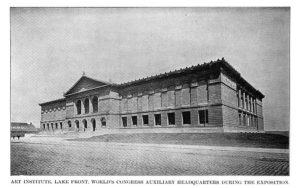
FIGURE 23: The new Art Institute of Chicago building under construction for use as the site of the World’s Congress Auxiliary during the 1893 World’s Fair.
Conclusion
“What Mr. Kemeys’ work has done for the art of America and what place it will be given by future generations, we of to-day can merely conjecture …”
—from “Edward Kemeys: An Appreciation” by Leila Mechlin (1905)
In 1893, Julian Hawthorne wrote of his friend Edward Kemeys: “to-day he is beyond question the leading animal sculptor of the world.” [Hawthorne 112] In the years after his lions assumed their silent watch on pedestals in Chicago, his reputation as America’s premier animal sculptor only grew. “Edward Kemeys is the greatest animal sculptor of his time,” wrote Elite magazine in 1896, “a fact we realize with pride each time we pass the magnificent lions.” [“Society Notes”]
Numerous profiles of the “Old Hunter” (his favorite moniker) in his final years and following his death in 1907 describe Kemeys’ oeuvre. [“Chicago and the West”] [Garland] [Hayes 58–59] [Hough] [Mechlin] [“Some of Chicago’s Monuments”] Articles highlight his statuary for the bridges around Grand Basin of the Columbian Exposition and they also praise his pair of bronze beasts in front of the Art Institute. They do not, though, mention any lions he made for the 1893 World’s Fair or describe the AIC lions as bronze castings of earlier works. That account seems to have formed many decades later.
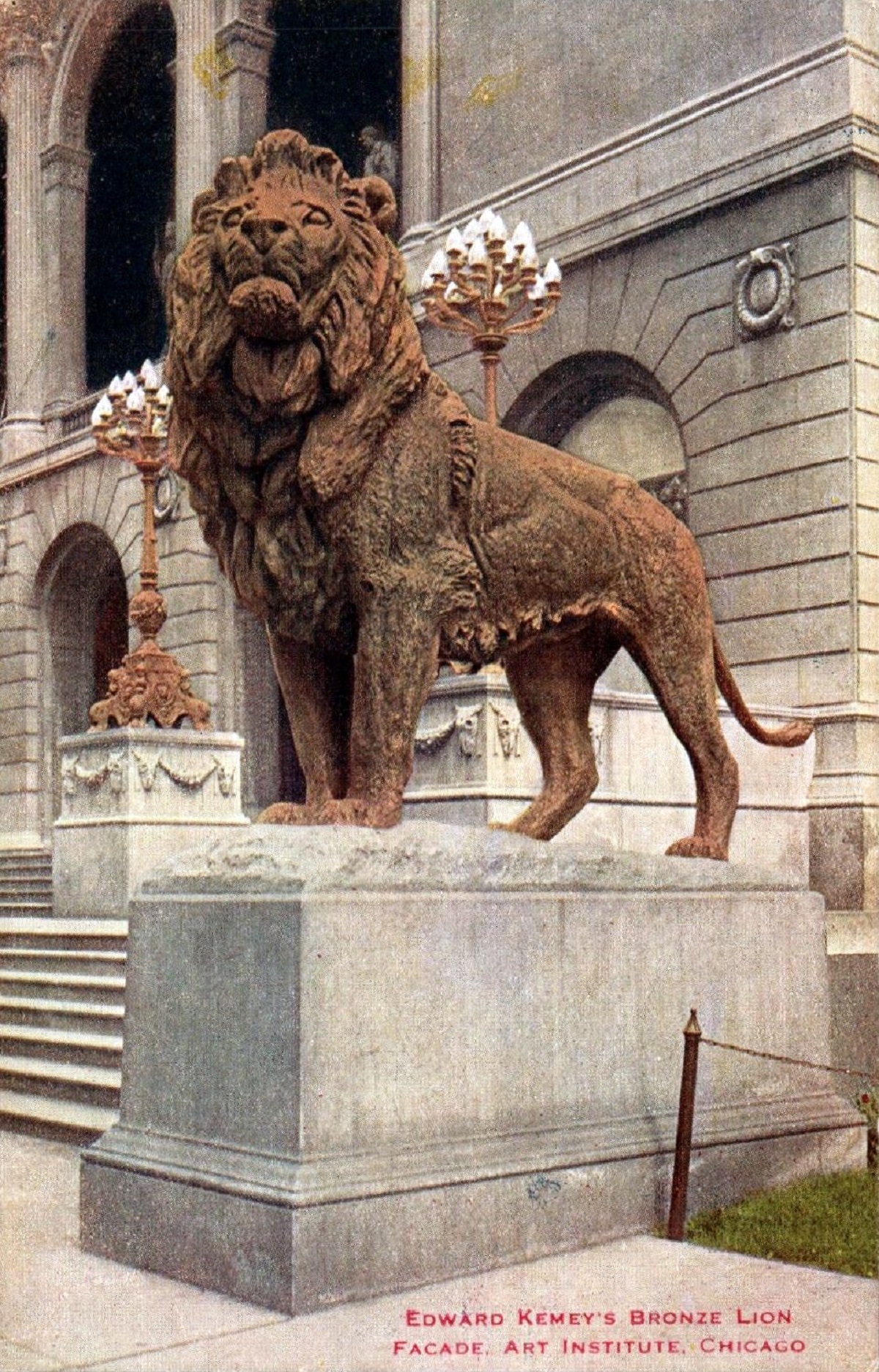
FIGURE 24. After their installation in 1894, the Art Institute lions eventually developed a green patina. [Image from a postcard by the V. O. Hammon Publishing Company c1915.]
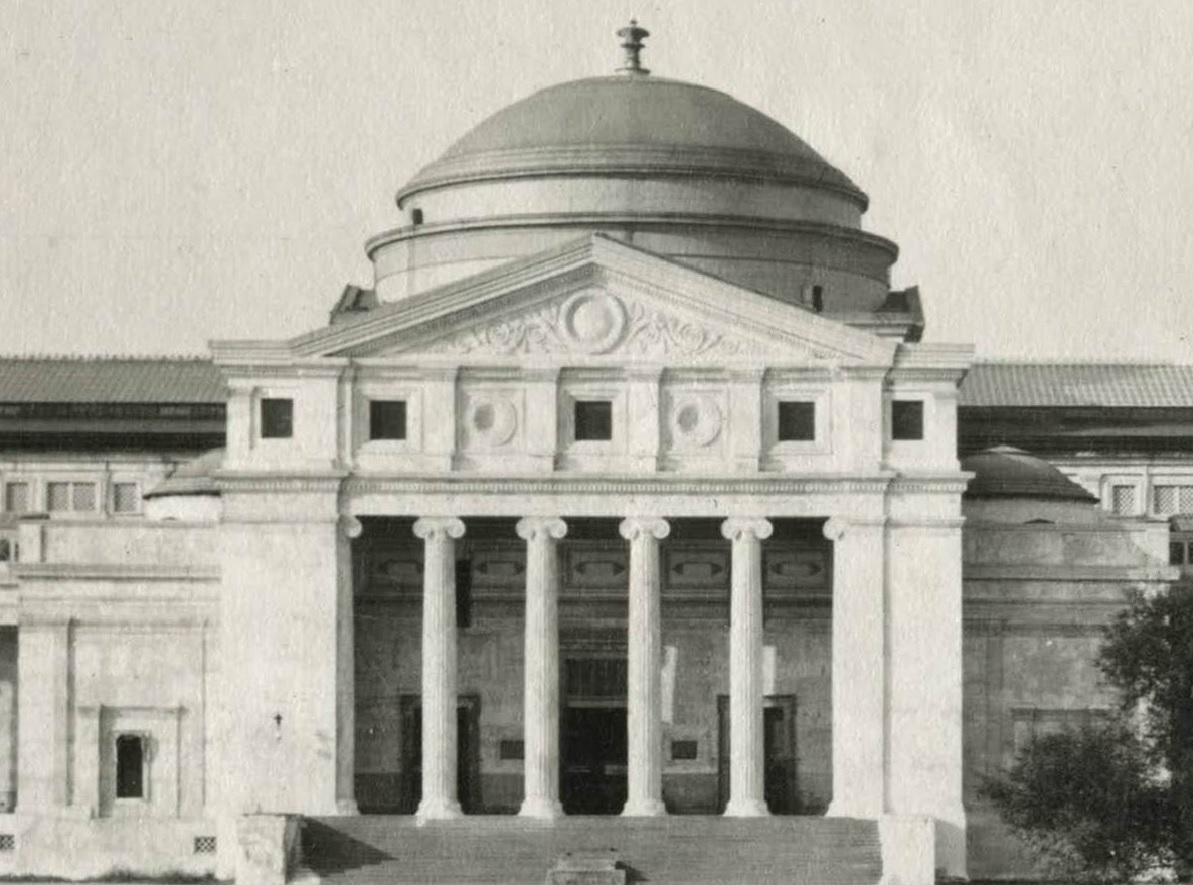
FIGURE 25 Detail of a photograph of the Palace of Fine Arts after the World’s Columbian Exposition.
NOTE: Chicago’s great leonine mascots by Edward Kemeys and the sculptors who decorated the White City of 1893 deserve an accurate historical record. We welcome any new information and primary sources that may contribute to revisions of this article. Please contact us. Additions and corrections will be noted.
SOURCES
“About the Studios” Chicago Inter Ocean Jan. 1, 1893, p. 25.
“About the Studios” Chicago Inter Ocean Feb. 12, 1893, p. 25.
“About the Studios” Chicago Inter Ocean May 6, 1894, p. 27.
“Art Institute Lions Head for a Steam and Wax …” Chicago Tribune Jun. 14, 2022.
“Art Institute Lions, symbols of Chicago, get some needed TLC” Chicago Sun-Times June 15, 2022, p. 21.
Art Treasures from the World’s Fair. The Werner Company, 1895.
“Ask Geoffrey: The History of the Art Institute Lions” WTTW October 2, 2019. https://news.wttw.com/2019/10/02/ask-geoffrey-history-art-institute-lions (accessed Jun. 13, 2022)
Barter, Judith A.; Rhodes, Kimberly; Thayer, Seth A.; Andrew Walker American Arts at The Art Institute of Chicago: From Colonial Times to World War I. Art Institute of Chicago, 1998.
“Brush and Palette” Chicago Inter Ocean Jul. 20, 1893, p. 27.
Buel, J. W. The Magic City, A Massive Portfolio of Original Photographic Views of the Great World’s Fair and Its Treasures of Art, Including a Vivid Representation of the Famous Midway Plaisance. Historical Publishing Company, 1894.
Burnham, Daniel H. Final Official Report of the Director of Works of the World’s Columbian Exposition. Garland Pub., 1989.
Cameron, William E. The World’s Fair Being a Pictorial History of the Columbian Exposition. P.D. Farrell, 1893.
Clarke, Jane H. “The Art Institute’s Guardian Lions” Art Institute of Chicago Museum Studies, 14, 1, 1988, pp. 46 55+102 103.
“Chicago and the West” Forest and Stream Jul. 6, 1895, p. 8.
“A Committee of Two” Art Institute of Chicago Museum Studies 2010, pp. 47–67.
Conkey’s Complete Guide to the World’s Columbian Exposition. W. B. Conley, 1893.
Cremin, Dennis H. Chicago: A Pictorial Celebration. Sterling Publishing Co., 2006.
The Dream City. A Portfolio of Photographic Views of the World’s Columbian Exposition. N. D. Thompson, 1893.
“Edward Kemeys” The Inland Printer Dec. 1896, pp. 291–93.
“The Fine Arts” Chicago Tribune Jan. 1, 1893, p. 39.
Funigiello, Philip J. Florence Lathrop Page: A Biography. University Press of Virginia, 1994
Garland, Hamlin “Edward Kemeys: A Sculptor of Frontier Life and Wild Animals” McClure’s Magazine July 1895, pp. 120–31.
Gaslin, Glenn “A Mane Event for Lion Stars” Chicago Tribune May 11, 1994.
“Grant Park Sculptures” Grant Park Sculptures Conservancy website https://www.grantparkconservancy.com/sculptures (accessed Jun. 13, 2022)
Handy, Moses P. The Official Directory of the World’s Columbian Exposition. W. B. Conkey, 1893.
Hansen, Harry Illinois: A Descriptive and Historical Guide. Hastings House, 1974.
Hassrick, Peter H. Wildlife and Western Heroes: Alexander Phimister Proctor, Sculptor. Amon Carter Museum, 2003.
Hawthorne, Julian Humors of the Fair. E. A. Weeks, 1893.
Hayes, Harriet Hayden “Chicago Artists and Their Work” National Magazine Apr. 1897, p. 50–62.
Hough, E. “An Artist of the Old West” Forest and Stream Jun. 25, 1898, p. 517.
Johnson, Rossiter A History of the World’s Columbian Exposition Held in Chicago in 1893, Volume 1: Narrative. D. Appleton and Co., 1897.
Johnson, Rossiter A History of the World’s Columbian Exposition Held in Chicago in 1893, Volume 2: Departments. D. Appleton and Co., 1897.
Jones, Paul “The Lions of Michigan Avenue” 2018; https://www.artic.edu/articles/720/the-lions-of-michigan-avenue (accessed Jun. 13, 2022)
Krehl, Donald Monumental Chicago. Donald G. Krehl, 2011.
“Lions Are Set Free” Chicago Tribune May 11, 1894, p. 8.
“Lions for the Fine Arts Institute” Chicago Tribune May 3, 1894, p. 12.
“Majestics in Metal” Chicago Herald May 10, 1894, p. 3.
Mechlin, Leila “Edward Kemeys: An Appreciation” International Studio Jul. 1905, p. x–xiv.
“Memorial Exhibit of Works of Edward Kemeys” Monumental News Mar. 1908, p. 204.
“Money Set Aside for Sculpture” Chicago Tribune Jan. 25, 1893, p. 9.
“Mr. and Mrs. Kemeys at Their Modeling” Harper’s Bazaar Jan. 21, 1893, p. 58.
“Museum of Science and Industry, 57th Street at Lake Shore Drive, Submitted to the Commission on Chicago Landmarks”. Department of Planning and Development, City of Chicago, January 5, 1994.
Neely, Nick “Still Hunt” The Georgia Review Spring 2016, 70, 1, pp. 115–134.
“North and South Lions, Grant Park, Art Institute Chicago” Statue Stories Chicago website http://www.statuestorieschicago.com/statue-lions.php (accessed Jun. 13, 2022)
Perkins, Jordan “Art Institute’s Lions Headed to the Groomer” Chicago Sun-Times June 10, 2022.
Proctor, Phimster Alexander Sculptor in Buckskin: The Autobiography of Alexander Phimister Proctor, Second Edition. University of Oklahoma Press, 2009.
Rand, McNally & Company’s A Week at the Fair. Rand, McNally & Co., 1893.
Riedy, James L. Chicago Sculpture. University of Illinois Press, 1981.
Report of the Trustees. Art Institute of Chicago, June 6, 1893, p. 5.
Richman, Michael “Edward Kemeys (1843-1907): America’s First Animal Sculptor” Fine Arts Source Materials Newsletter, May 1971, pp. 89–136.
“The Sculptors and Their Work” Graphic, May 19, 1894. (as quoted in Riedy p. 129)
“See Kemeys’ Lions” Chicago Inter Ocean May 11, 1894, p. 8.
“Society Notes” Elite Nov. 23, 1896, p. 13.
“Some of Chicago’s Monuments” The Inland Printer p. 539–42.
Truman, Benjamin Cummings History of the World’s Fair. Mammoth, 1893.
Wagner, David J. American Wildlife Art. Marquand Books, 2008.
“Where Art Thrives” Chicago Tribune Jan. 28, 1894, p. 31.
White, Trumbull; Igleheart, William The World’s Columbian Exposition Chicago 1893. P. W. Ziegler, 1893.
Wolf, Mrs. “Letter from the Non-ferrous Foundry Society to the Art Institute of Chicago.” Jun. 8, 1956. Ryerson and Burnham Libraries and Archives, Edward Kemeys: artists file.
“World’s Fair Doings” Chicago Inter Ocean Aug. 28, 1892, p. 5.

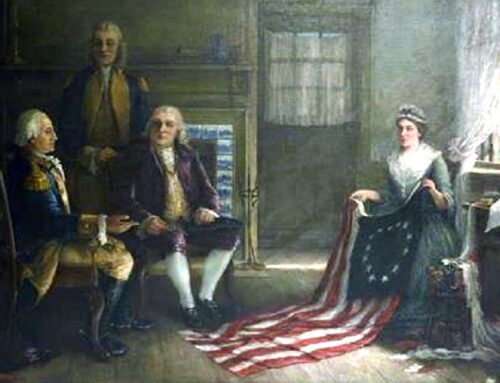
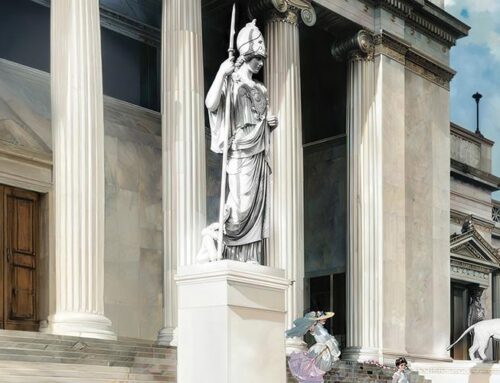
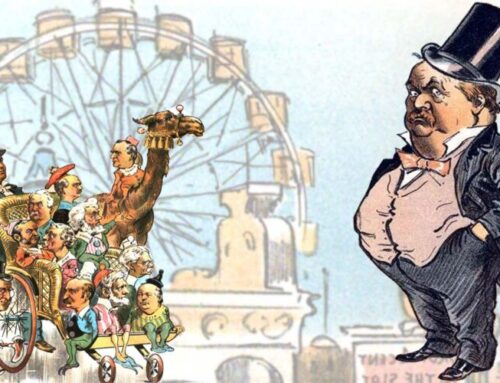
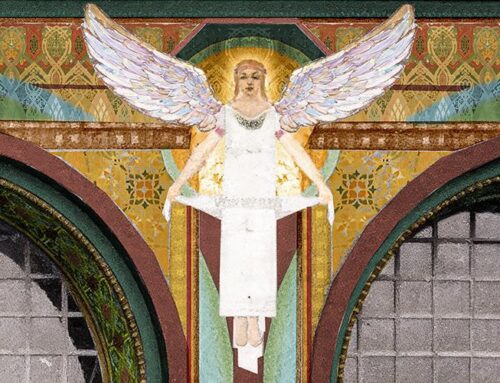
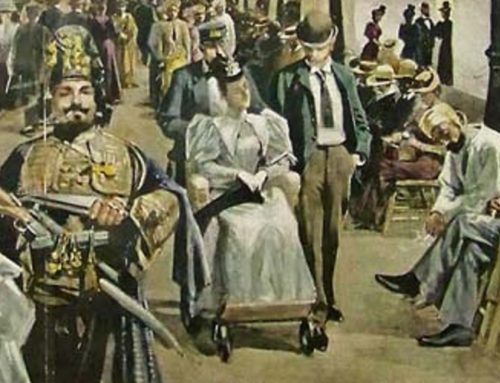
The lions in front of the Art Institue are beautiful.
Agreed! Chicago icons.